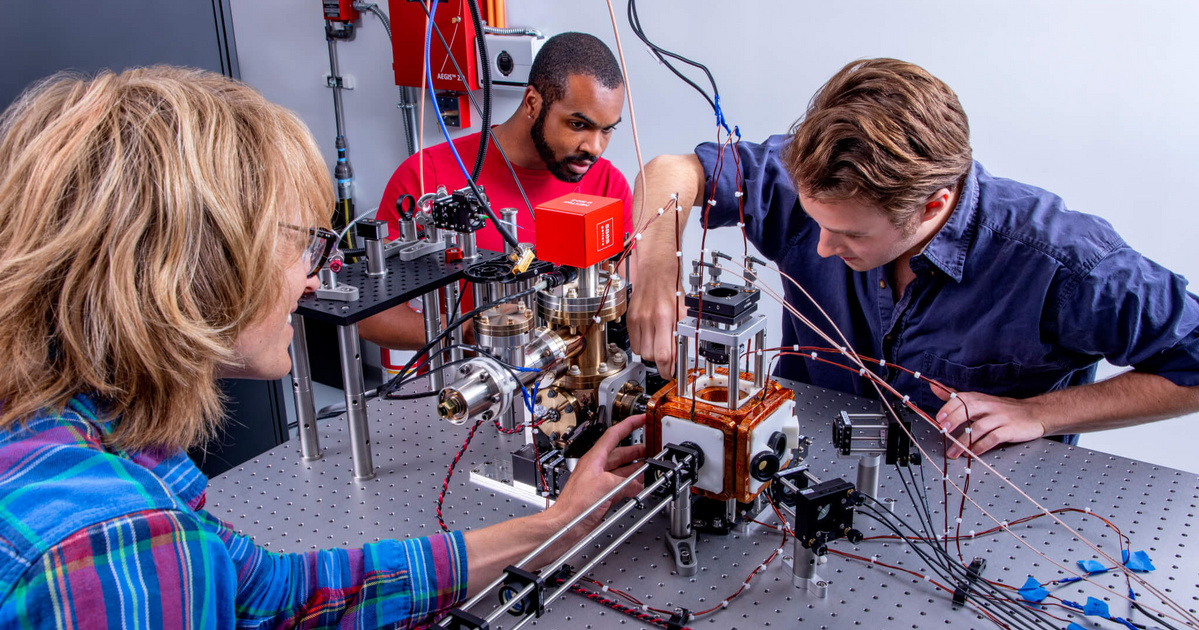According to a timeline recently published by Quera Computing, it will build the first 100-qubit quantum computer by 2026, thus overtaking the Boston company from one of the biggest players in the field, IBM.
Quantum computers are computers based on the physical principles of quantum mechanics, which use quantum bits that take on several states at the same time instead of conventional bits with a state of 1 or 0. Therefore, they are also capable of performing calculations that classical computers do not require. The computer will not be able to confront it even in a time equivalent to the age of the universe. The main limitation is that qubits are very fragile and will get the wrong value even under the slightest impact – a historical quantum computer handling 100 qubits would require 10,000 physical qubits with very serious engineering and investment.
IBM, one of the most important players in this field, announced its new quantum chip, Condor, which contains 1,121 superconducting qubits, at the end of last year. Quera is a relatively small company and is trying to make progress in an area where the big IBM has already faced disappointing results: in the area of qubit robustness and error correction.
The company, which spun out of Harvard University labs, works using atomic qubits developed at MIT and Harvard University. These are rubidium atoms trapped by a laser, where the spin of the nucleus carries the qubit information. They maintain their position without error for a relatively long time – duration here means more than one second. The laser in this system not only holds atoms like tweezers, but also performs feeding and reading operations.
The strength of Quera is that it also uses hardware developed at Harvard University and specifically designed to identify and fix errors. One particular challenge the system faces is that since each atom requires several lasers, powering ten thousand of these qubits is already difficult.
Requires serious electrical power.
However, it's not impossible to implement: a rival company, Atom Computing, has built such a large-scale machine, also using atomic qubits.
The peculiarity of Atom Computing is that it does not move trapped atoms, while Quera does. In their devices, atoms are pushed into regions where quantum entanglement occurs. The error shown was corrected in the laboratory by performing the same manipulations on a pair of atoms and then examining the appearance of the errors. The problem is that only part of the calculations can be corrected in this way, and the function remains to be extended to the following years.
The company's quantum computer currently has 256 qubits, but they're preparing for a much bigger leap than Moore could have dreamed of: They want a 3,000-qubit device by 2025, and 10,000 qubits a year later. With the latter, they will reach their dream limit of 100 logical qubits, with which practical calculations can be performed, for example molecules can be simulated.
(Ars Technica, Interesting geometry)














































